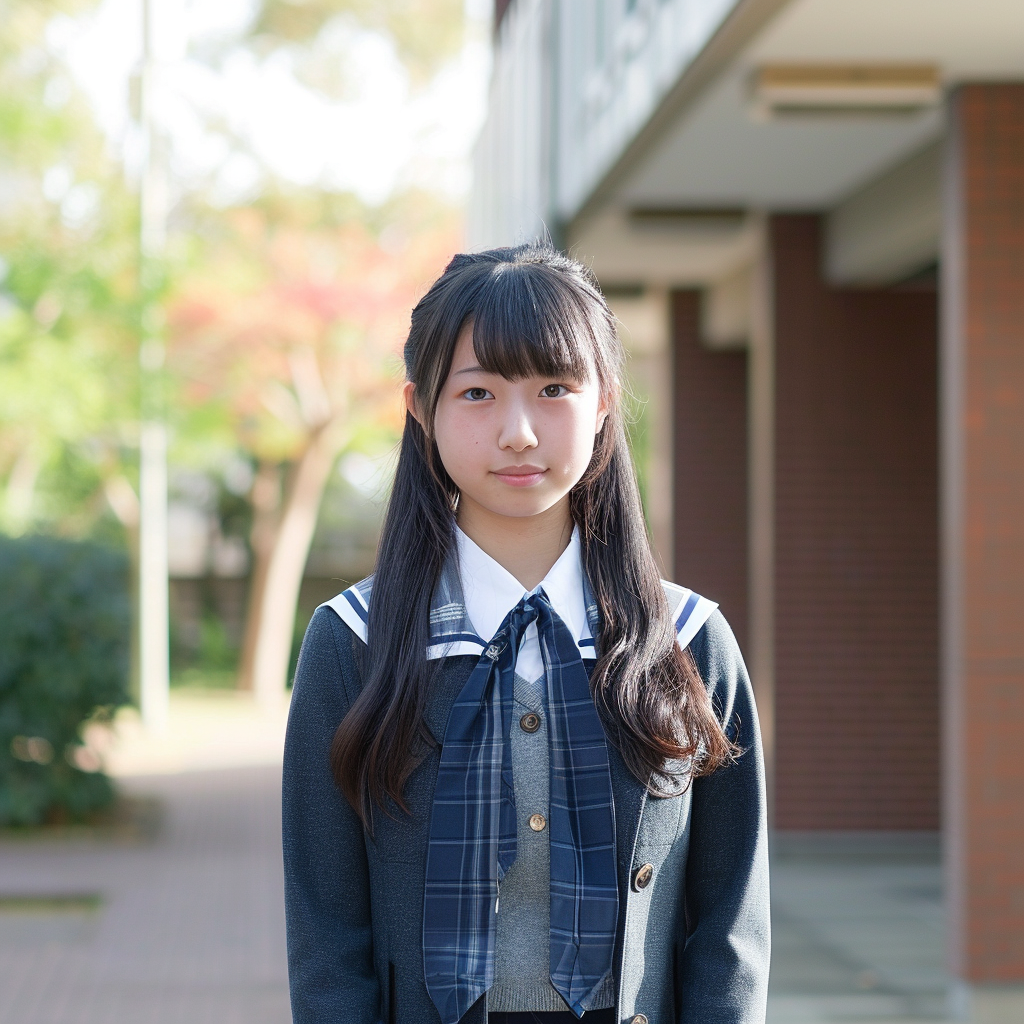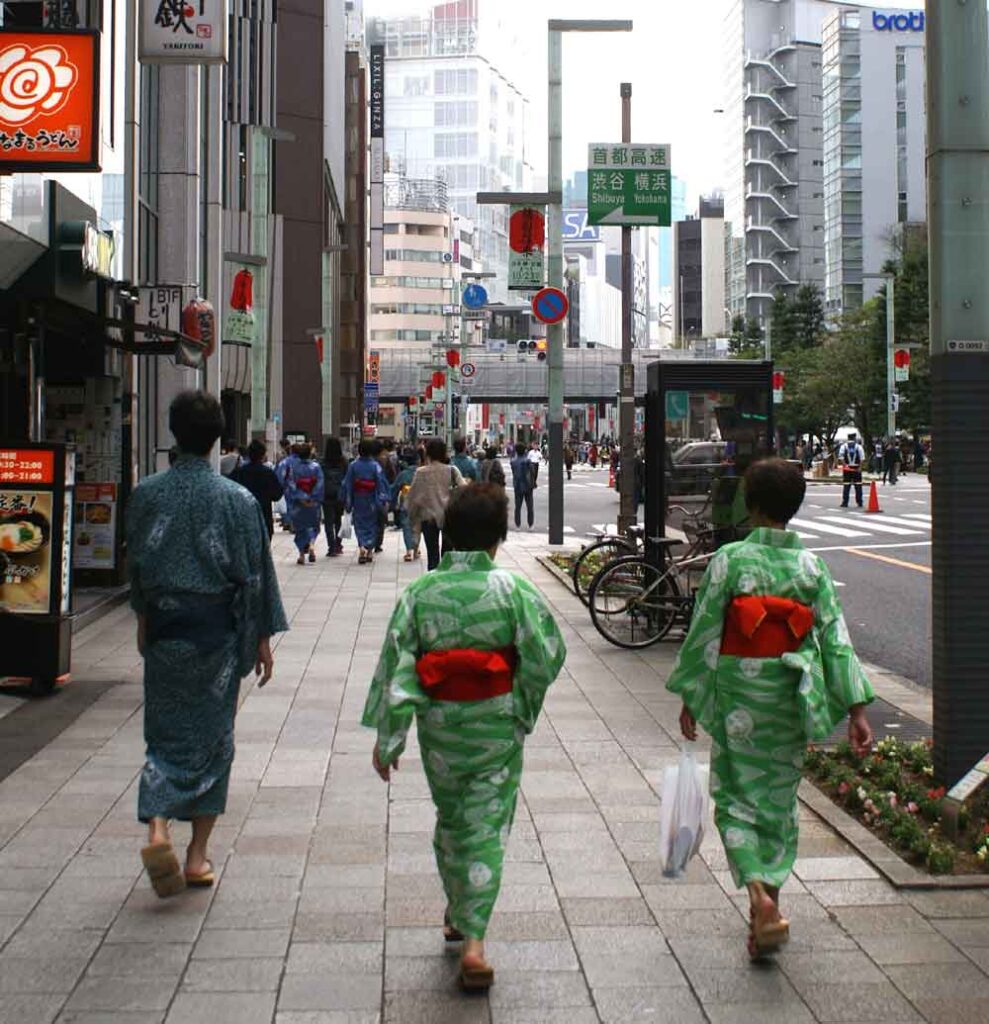Japanese school uniforms, commonly known as “Seifuku”, have gained international fame. They are known for their elegance and deep-rooted cultural symbolism. These distinctive outfits, worn by students from elementary to high school, have evolved over the decades. They reflect both the traditions and contemporary influences of Japanese society. This article explores the history, meaning, and characteristics of Seifuku in detail.
History of Seifuku Uniforms:
The origins of Seifuku date back to the late 19th century, when Japan adopted a modern education system. The uniforms were initially inspired by military uniforms, symbolizing discipline and equality within educational establishments. Over time, designs have evolved to reflect contemporary fashion. They thus incorporate Western elements while preserving a distinct Japanese aesthetic.
Seifuku Uniforms Types:
There are different types of Seifuku, with each educational level having its own design. Primary, secondary and high schools have specific uniforms, often characterized by unique colors, accessories and cuts. Women’s uniforms generally consist of skirts, blouses and ties. While men’s uniforms consist of pants, shirts and ties.
Symbolism and Tradition:
Seifuku transcends simple clothing function by carrying a deeper meaning. They embody discipline, cohesion and equality, promoting a sense of common identity among students. Additionally, uniforms reinforce the notion of social equality by minimizing class distinctions within the school.
Contemporary Developments:
Although Seifuku retains traditional elements, they also undergo modifications to reflect contemporary fashion trends. Some establishments introduce variations in colors, accessories or cuts. This allows for a certain individuality while respecting institutional standards.
Cultural and Media Impact:
Seifuku have a prominent place in Japanese popular culture and are often depicted in media, such as anime, manga, and films. Their careful aesthetic and symbolism make them powerful visual elements, often associated with youth and innocence.
Seifuku Uniforms Debates:
Although widely accepted, Seifuku are not without controversy. Some criticize the social pressure placed on students to conform their appearance, emphasizing the need to allow for greater individual expression. However, others argue that uniforms promote equality and reinforce a sense of belonging to the school community.
Conclusion:
Seifuku are much more than school clothes. They embody history, tradition, discipline and collective identity within Japanese society. Although their appearance may vary, their cultural significance remains constant, making Seifuku an iconic and symbolic element in the Japanese educational panorama.



